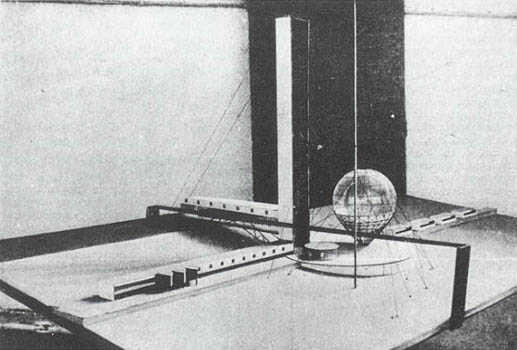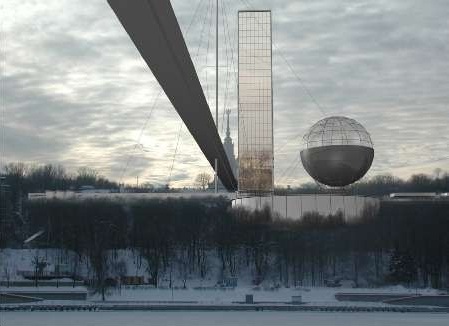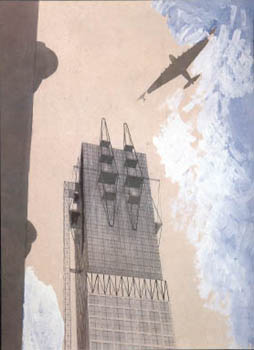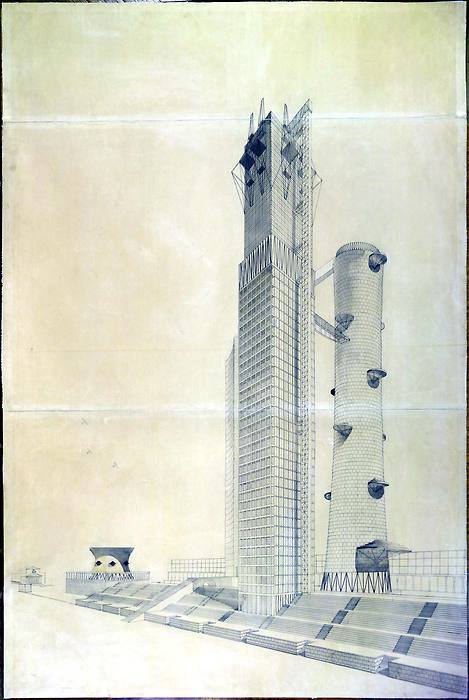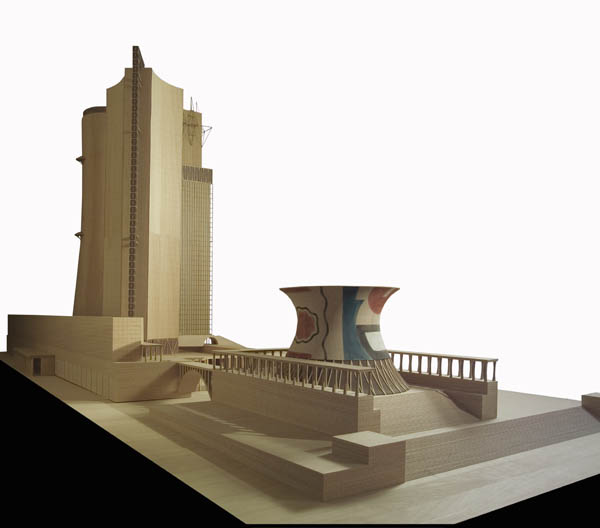<Back to Index>
- Architect Alexey Viktorovich Shchusev, 1873
- Architect Ivan Ilich Leonidov, 1902
PAGE SPONSOR
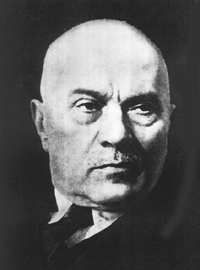
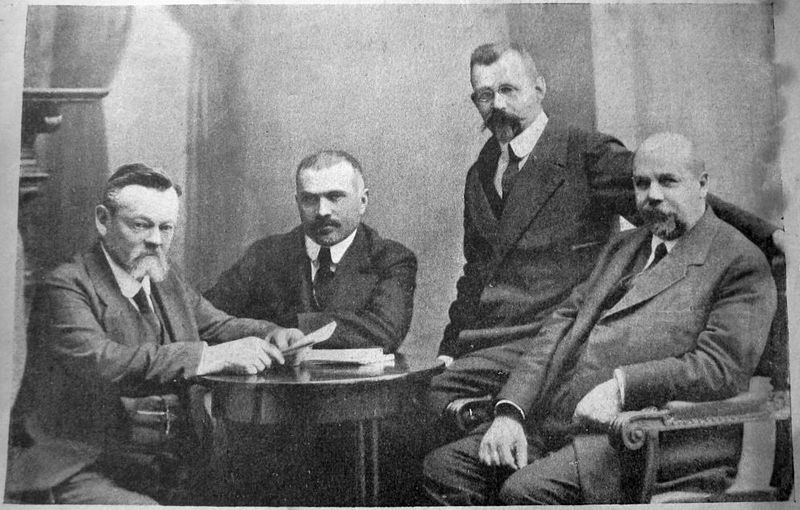
Alexey Viktorovich Shchusev (Russian: Алексе́й Ви́кторович Щу́сев) (26 September (8 October (new style)), 1873, Chişinău - 24 May 1949, Moscow) was an acclaimed Russian and Soviet architect whose works may be regarded as a bridge connecting Revivalist architecture of Imperial Russia with Stalin's Empire Style.
Shchusev studied under Leon Benois and Ilya Repin at the Imperial Academy of Arts in 1891 - 1897. From 1894 to 1899, he traveled in North Africa and Central Asia. Shchusev was a diligent student of old Russian art and won public acclaim with his restoration of the 12th century St. Basil Church in Ovruch, Ukraine. He dwelt on 15th century Muscovite architecture to design the Trinity Cathedral in Pochayiv Lavra and a memorial church on the Kulikovo Field. He was then commissioned by the royal family to design a cathedral for Marfo - Mariinsky Convent in Moscow. The result was a charming medieval structure of the purest Novgorodian style (1908 - 1912).
Shchusev embarked upon his most wide scale project in 1913, when his design for the Kazan Railway Station won a contest for a Moscow terminus of the Trans - Siberian Railway. This Art Nouveau design fused elements of the Kremlin towers and traditional Tatar architecture in one of the most imaginative Revivalist designs ever put to execution. The construction of the railway station, however, was not finished until 1940.
After briefly experimenting with Neoclassicism, Shchusev turned to Constructivism in the 1920s. He taught at Vkhutemas from 1920 through 1924. Upon Lenin's death in 1924, he was asked to design a mausoleum for him. It took him just several days to come up with an original architectural solution blending Constructivist elements with features taken from some ancient mausoleums, i.e., the Step Pyramid and the Tomb of Cyrus. Other notable Constructivist designs of Shchusev were the Ministry of Agriculture or Narkomzem in Moscow (1928 - 1933) and the Institute of Resorts in Sochi (1927 - 1931), considered to be a major source for Alvar Aalto's Paimio Sanatorium.
After the
mausoleum commission, Shchusev was cherished by the
Communist authorities. In 1926, he was nominated director
of the Tretyakov Gallery. He was appointed
head of the group that designed major bridges and
apartment complexes in Moscow. His name was attached to
the luxurious designs of the Hotel Moskva just a few
steps from the Kremlin (1930 - 1938) and the NKVD headquarters on Lubyanka Square (1940 -
1947). Some say
that he was the first to come up with the idea of Gothic skyscrapers in Moscow.
It is debated whether these Stalinist designs were really Shchusev's or if they were actually executed by his disciples. The discussion of their artistic merits was exacerbated when the Moscow authorities announced their intention to demolish the Hotel Moskva in 2004. Actually, all these designs, whether executed for Moscow, Tbilisi, or Tashkent, featured Shchusev's trademark blend of Neoclassical elements with national architectural traditions.
In 1946, Shchusev established the Museum of Architecture, which helped to preserve remnants of demolished medieval churches and monasteries. His last works of importance were the Komsomolskaya station of the Moscow Metro, whose decoration was stylized after 17th century Muscovite churches, and the plan for reconstruction of Novgorod after the ancient city had been destroyed by the Nazis (in recognition of that, one of Novgorod's modern streets was named after him). Shchusev died four years after the end of the World War II and was buried at the Novodevichy Cemetery.
Shchusev was awarded the Stalin Prizes in 1941, 1946, 1948, and posthumously in 1952; the Order of Lenin and other orders and medals.
The Shchusev State Museum of Architecture in Moscow has been named after him.
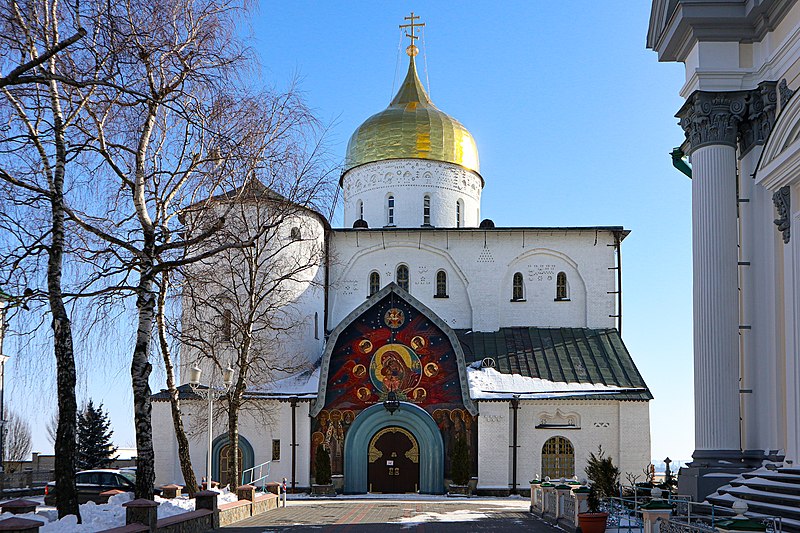
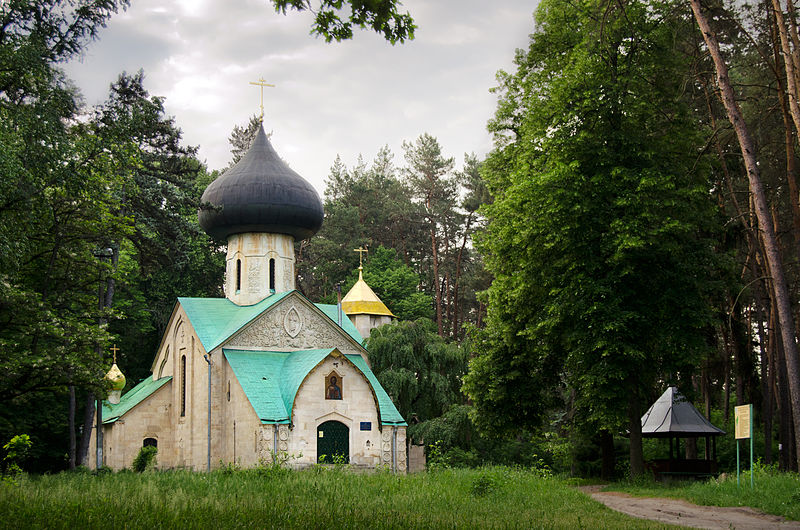
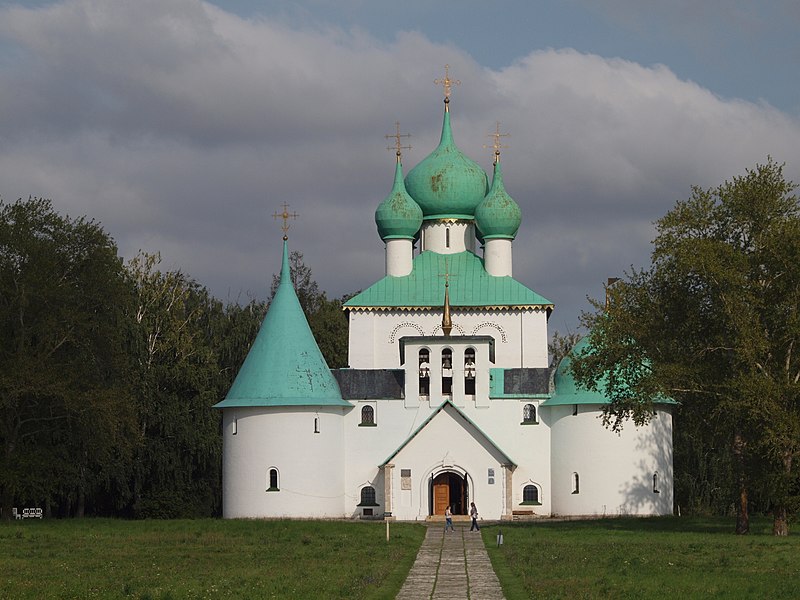
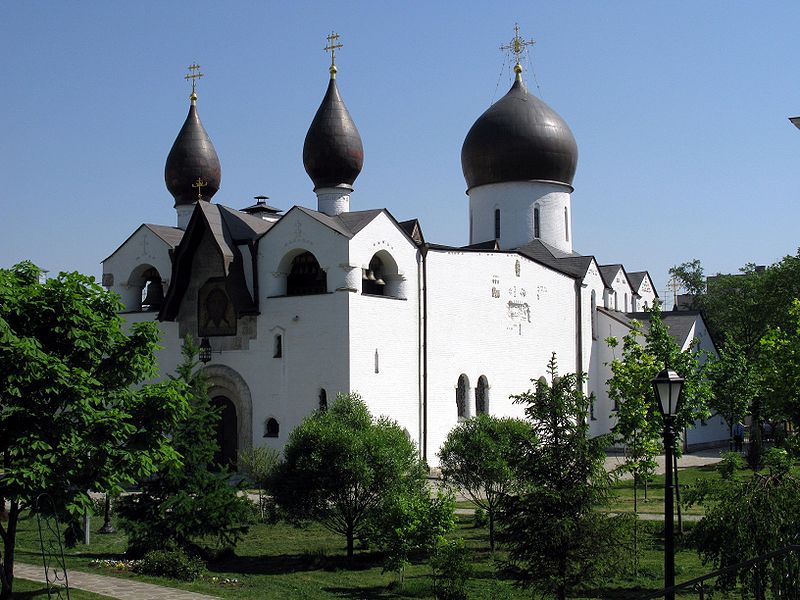
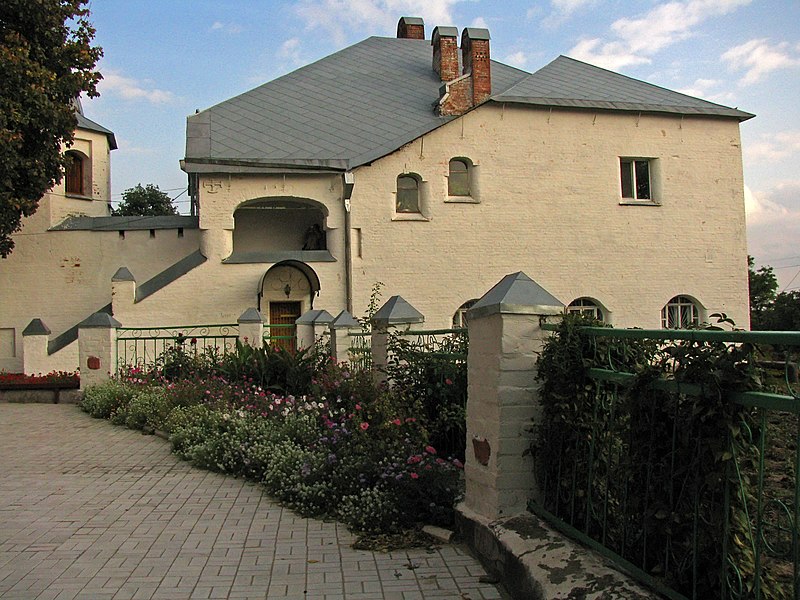
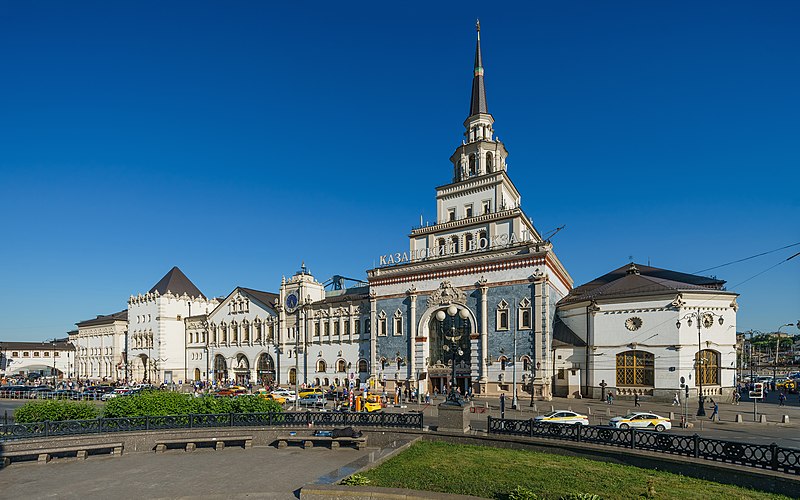
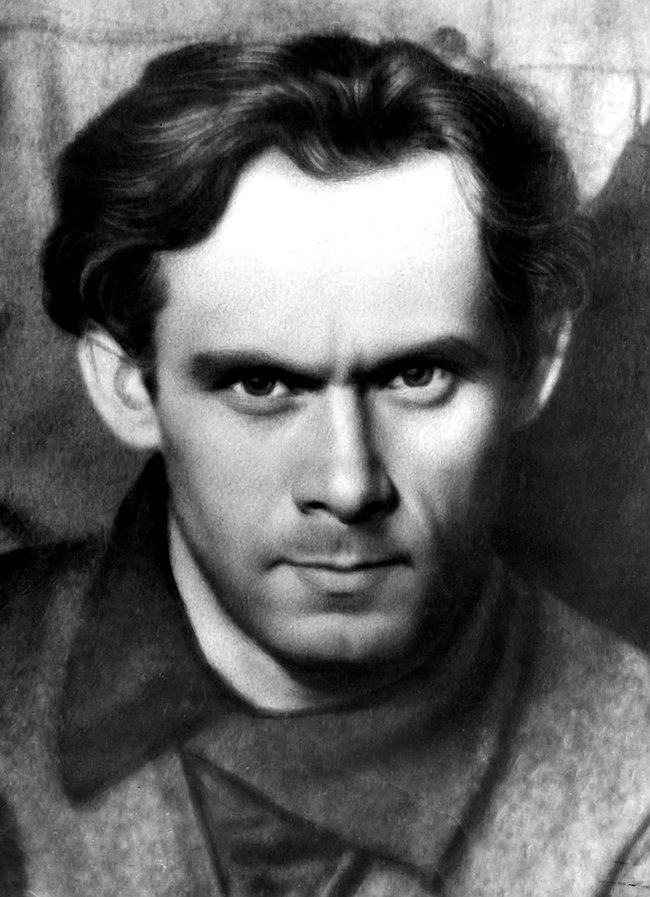
Ivan Ilich Léonidov (born February 9, 1902, Tver Oblast - 1959, November 6, Moscow) was a Russian constructivist architect, urban planner, painter and teacher.
Ivan Léonidov was raised on an isolated farmstead in the province of Tver Oblast. The son of a farmer and woodsman, he went to work as a casual laborer at the docks in Petrograd. When an icon painter noticed Léonidov's drawing skills, he became his apprentice.
In 1919 Léonidov attended the Svomas free art studios in Tver. From 1921 - 27 he studied at the VKhUTEMAS in Moscow under the tutelage of Alexander Vesnin at which point his attention switched from painting to architecture. His unexecuted diploma project in 1927 for the Lenin Institute and Library, Moscow, brought him international recognition. The scheme was prominently displayed at the Exhibition of Contemporary Architecture, Moscow, and was published in the OSA Group journal Sovremennaya arkhitektura. He then went on to teach at the VKhUTEMAS between 1928 - 30. From 1931 - 33 he worked in the Giprogor and Mossovet and from 1934 - 41 he joined the studio of Moisei Ginzburg at the People's Commissariat for heavy industry.
Leonidov's only materialized design was the 1938 staircase in Kislovodsk.
